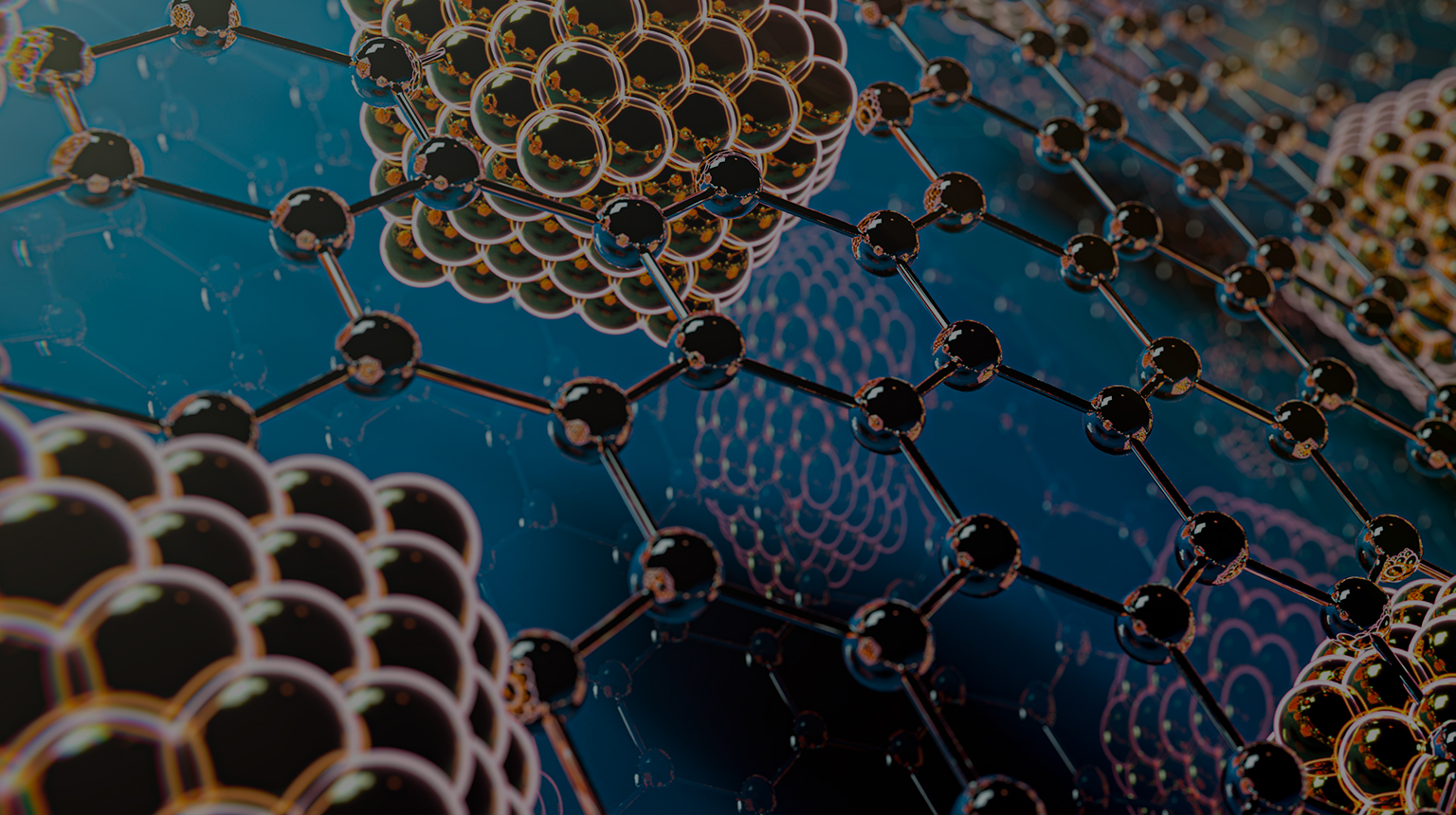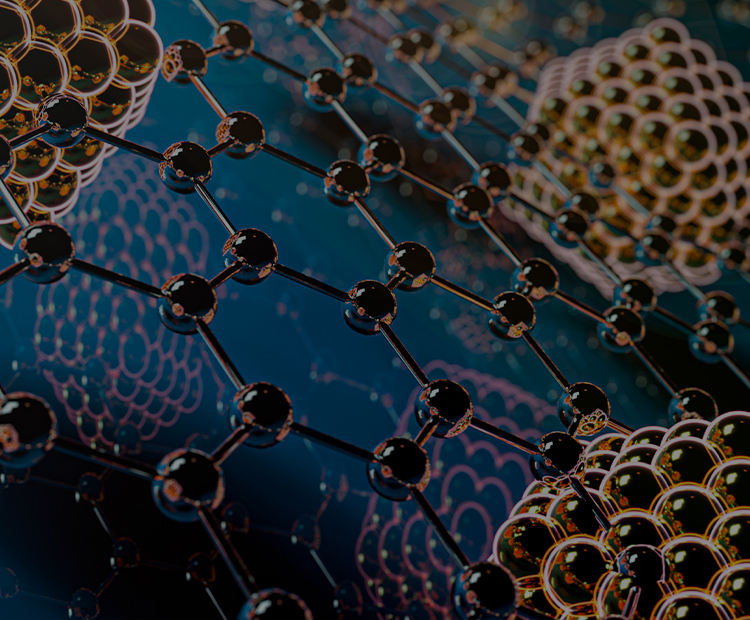

Publication
- HOME
- Publication
Publication
|
Beneficial use of CO2 in pyrolysis of chicken manure to fabricate a sorptive material for CO2
관리자 │ 2024-05-11 HIT 275 |
|---|
|
Journal: Applied Thermal Engineering Authors: Gihoon Kwon, Dong-Wan Cho, Deok Hyun Moon, Eilhann E. Kwon, Hocheol Song Abstract: Pyrolysis of chicken manure was conducted at the fundamental level as a practical example of valorizing animal waste. In particular, to tailor three pyrogenic products (gas, oil, and biochar) via manipulating carbon distribution, carbon dioxide (CO2) was particularly used as reactive gas medium. Carbon distribution from the liquid phase of pyrogenic oil to the gaseous pyrogenic products while suppressing dehydrogenation was mainly identified in the CO2 environment. In detail, the more generation of CO was observed in the CO2 environment, which was ascribed to the homogenous reactions between the liquid phase of pyrogenic products and CO2. In reference to pyrolysis in an inert (N2) condition, carbons in pyrolytic oil was used to form CO by the homogeneous reactions. As such, the amount of pyrolytic oil was substantially reduced in the CO2 atmosphere, which subsequently led to the enhanced generation of CO. Such identified CO2 effects in pyrolysis of chicken manure were noticeably enhanced due to the catalytic effects imparted from the inorganic constituents including CaCO3 in the chicken manure sample. Note that the catalytic effects imparted from CaCO3 was experimentally validated by means of comparing the gas evolution patterns from pyrolysis chicken manure and acid-washed chicken manure in the CO2 environment. Despite the same mass of biochar both in the N2 (inert) and CO2 environments, the chicken manure biochar sample created in the CO2 environment exhibited the well-developed pore matrix, which led to the high CO2 sorptive performance. In detail, chicken manure biochar fabricated in the CO2 environment exhibited three times higher the CO2 uptake performance as compared with the case of N2. Keywords: Waste valorization, Pyrolysis, Biochar, Carbon dioxide, CO2 capture, CO2 utilization DOI: https://doi.org/10.1016/j.applthermaleng.2019.03.110 |
| 이전글 | Production of bioplastic through food waste valorization |
|---|---|
| 다음글 | Degradation of antibiotics by modified vacuum-UV based processes: Mechanistic co... |





